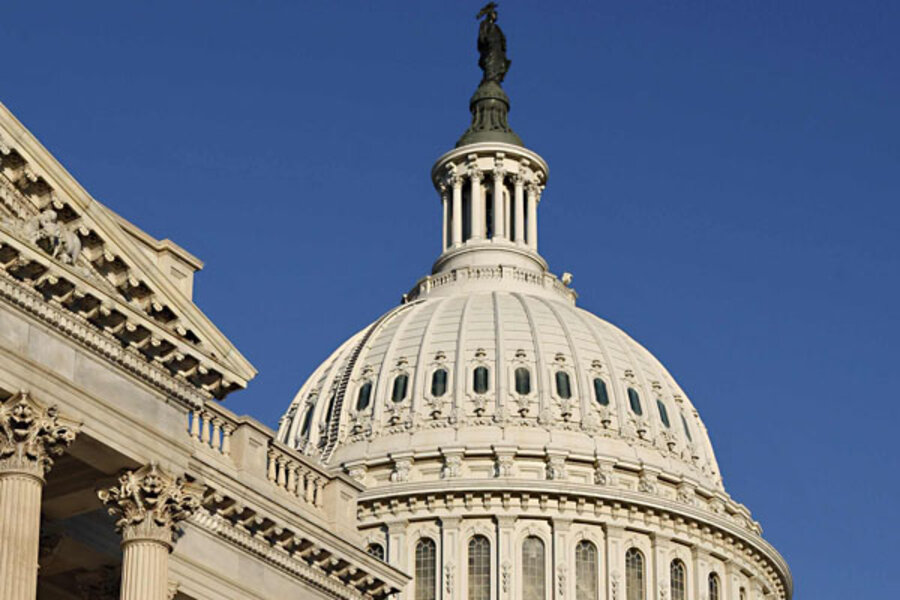Mission impossible: Cutting the corporate tax rate
Loading...
It has been an article of faith among most congressional Republicans and many Democrats that the corporate tax rate should be cut from today’s top level of 35 percent to 25 percent—or even less. And backers of the idea breezily suggest this could be paid for by scaling back some corporate tax breaks. But a new report released today by the congressional Joint Committee on Taxation concludes it can’t be done.
The non-partisan JCT found that even if Congress scrubbed every single corporate preference from the code (a political fantasy if ever there was one) it could not get the corporate rate below 28 percent without adding to the budget deficit, raising taxes on individuals, or cutting spending.
The JCT study, which was requested and released by House Ways & Means Committee Democrats, comes just days after the panel’s chairman, Rep. Dave Camp (R-MI), proposed a 25 percent rate as part of a major corporate reform. Camp did not say how he’d pay for his proposed changes.
My Tax Policy Center colleague Eric Toder has been making a similar point for months: It is painfully difficult to find the money to reduce rates very much. Unlike corporate breaks, there are more than enough individual tax preferences out
there to pay for individual rate reduction (and have money left over the cut the deficit). The problem is merely a lack of political will. Abolish the mortgage interest deduction anyone?
But cutting corporate rates is much tougher. There, JCT finds there are simply not enough dollars in preferences to get the rate below 28 percent. But even getting to 28 percent is a huge political challenge: Many heavy-hitting businesses such as Google and General Electric already pay effective U.S. tax rates far below that—in fact many pay effective rates well south of 10 percent. They will not willingly give up the tax breaks that make this possible in return for a rate of 28 percent with no subsidies.
Eric estimates that 70 percent of corporate tax expenditures are related to just two provisions—accelerated depreciation for capital investment and the expensing of research and experimentation costs. And neither, he predicts, are likely to be repealed. Once they are protected, getting rates down to even 28 percent becomes a dream.
If anything, JCT underestimates the challenge. For instance, it does not reflect the likely revenue loss to Treasury when businesses shift their legal structures to maximize their tax savings. How any reform treats those businesses whose income is reported on their owner’s individual tax returns is a huge unanswered question in most reform plans.
In addition, JCT assumes no transition rules, which would likely be extremely costly. And, as the study notes, it only looks at the budget effects within Congress’ usual 10-year window. Over the longer-run, some changes, such as new inventory rules, would result in even less tax revenue and deepen the deficit.
Cutting the corporate rate while reducing tax subsidies makes good economic sense. But, as the JCT study shows, it is devilishly hard to do.





